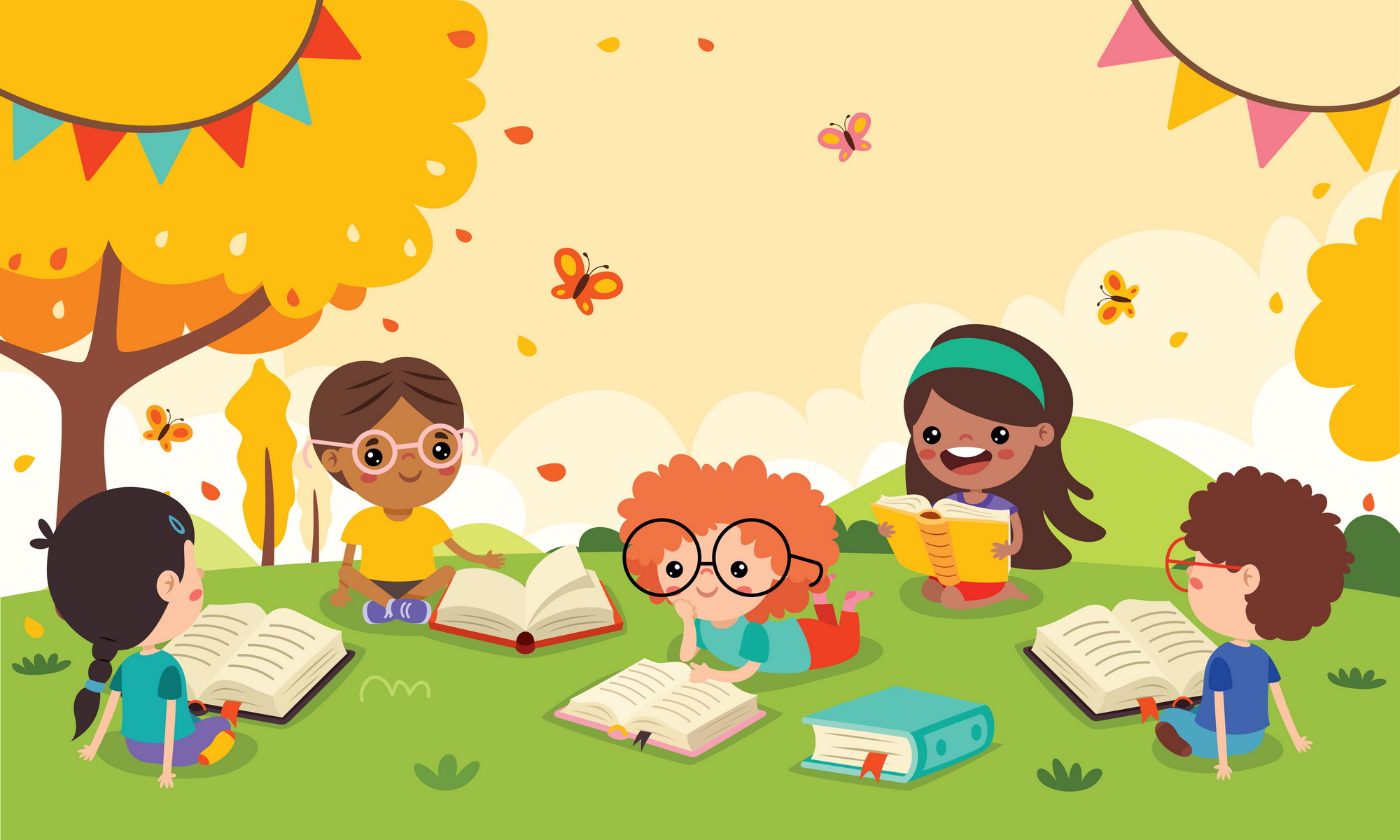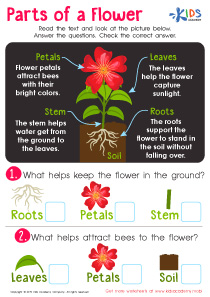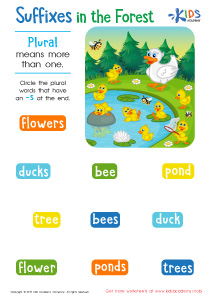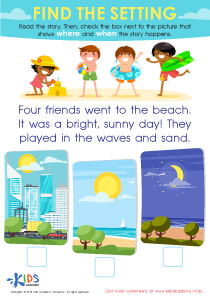Story sequencing Easy Reading Fiction Worksheets for Ages 3-4
3 filtered results
-
From - To
Discover our engaging Story Sequencing Easy Reading Fiction Worksheets for ages 3-4, designed to spark your child's imagination and enhance their comprehension skills. These fun, interactive worksheets introduce young learners to the essential concept of story order, helping them understand plot progression through colorful images and simple narratives. Each activity is tailored to foster creativity and critical thinking while strengthening early reading abilities. Perfect for teachers and parents seeking to create enjoyable learning moments, our worksheets serve as an exciting resource for developing essential literacy skills. Unlock your child's love for storytelling and watch them thrive as they sequence tales with ease!
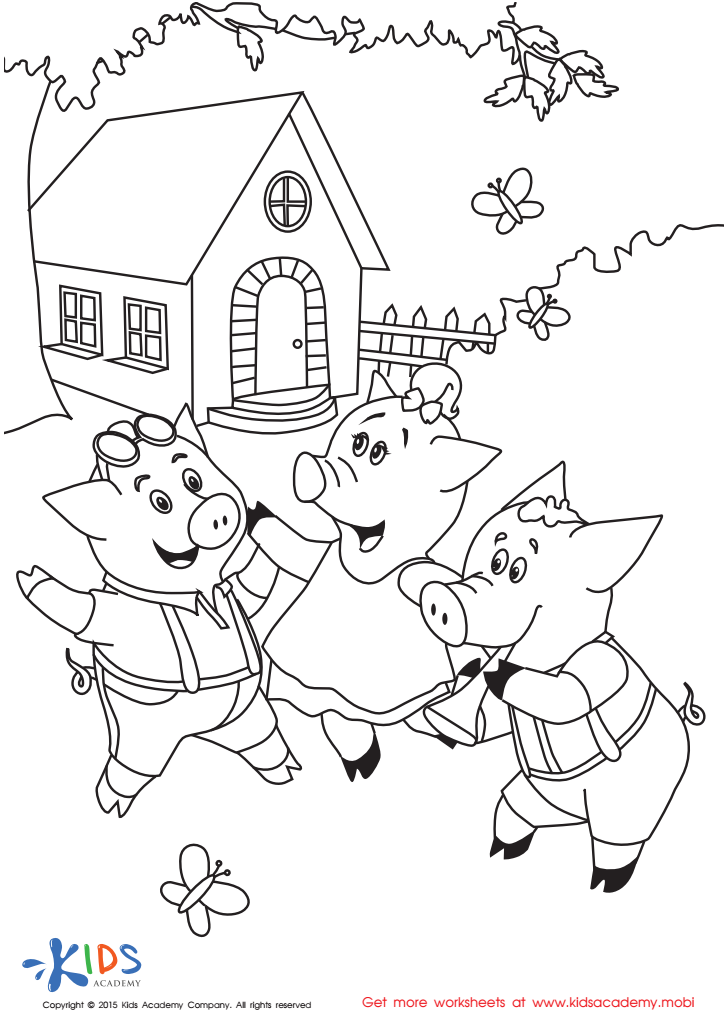

Folktales Printable PDF Worksheet: The 3 Little Pigs
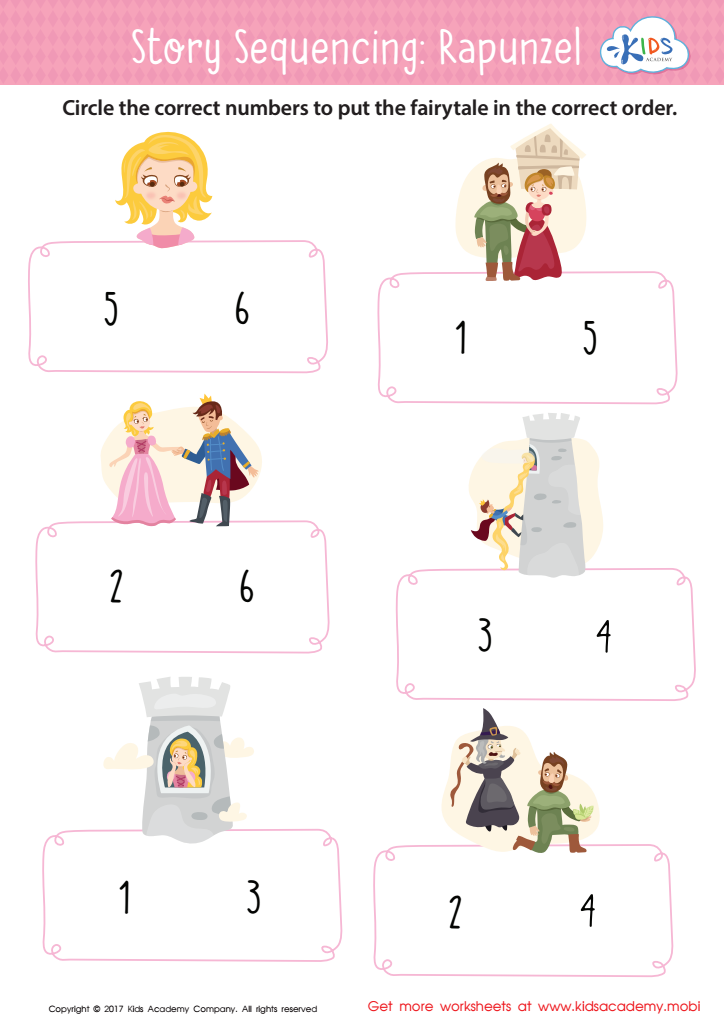

Rapunzel Story Sequencing Worksheet
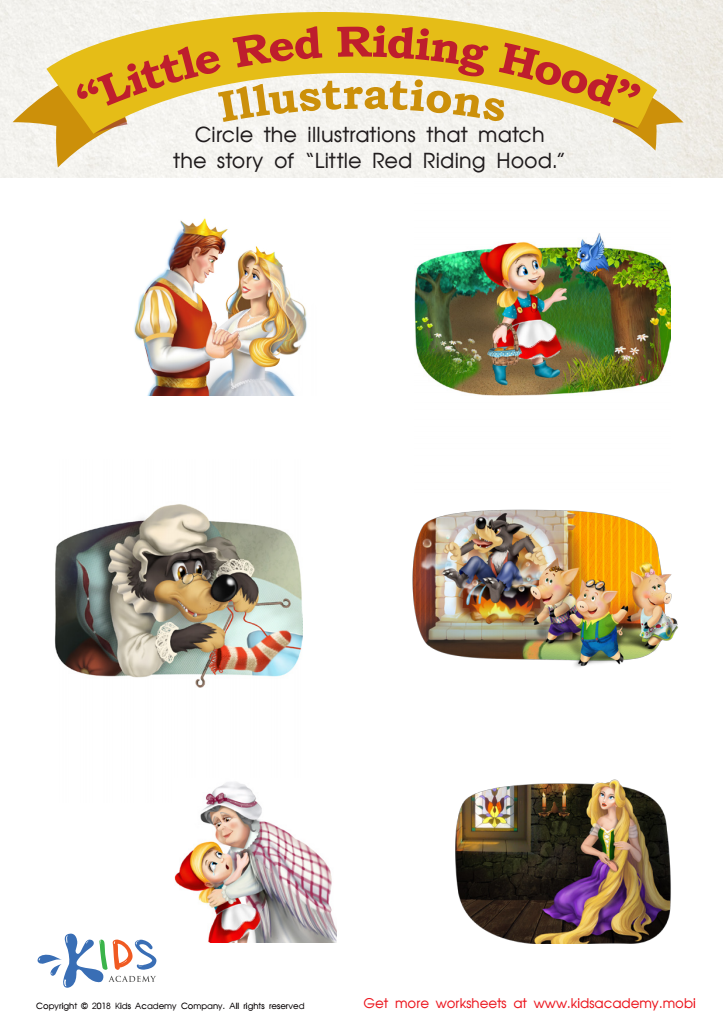

Little Red Riding Hood: Illustrations Worksheet
Story sequencing in easy reading fiction is crucial for children aged 3-4 as it lays the foundation for literacy, cognitive development, and imagination. At this age, children are starting to grasp the basics of narrative structure—beginning, middle, and end—which helps them understand how stories unfold and how characters interact.
When parents or teachers emphasize story sequencing, they foster critical thinking and comprehension skills in young learners. As children sequence events, they learn to predict outcomes and make connections between different parts of a story. This process enhances their ability to follow narratives, which is essential for later reading comprehension.
Additionally, story sequencing stimulates creativity and language development. As children retell or arrange stories, they enrich their vocabulary and develop expressive language skills. Teachers and parents can use story sequencing activities—like picture cards or interactive play—to engage children actively and make learning enjoyable.
Ultimately, nurturing these skills in early readers sets the stage for effective communication and problem-solving abilities in the future. Key early literacy skills fostered through story sequencing also support academic success, making it a crucial focus for parents and educators in this developmental stage.

 Assign to My Students
Assign to My Students


.jpg)


